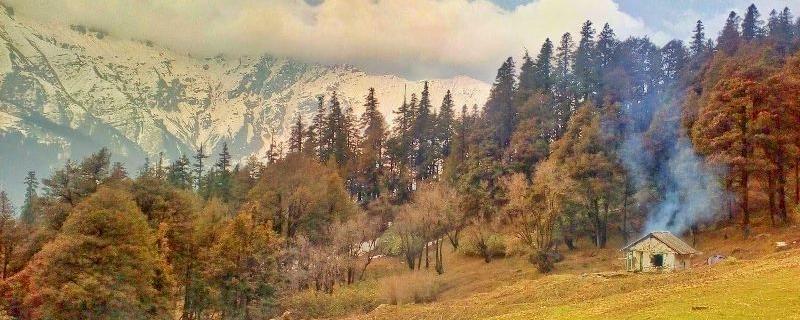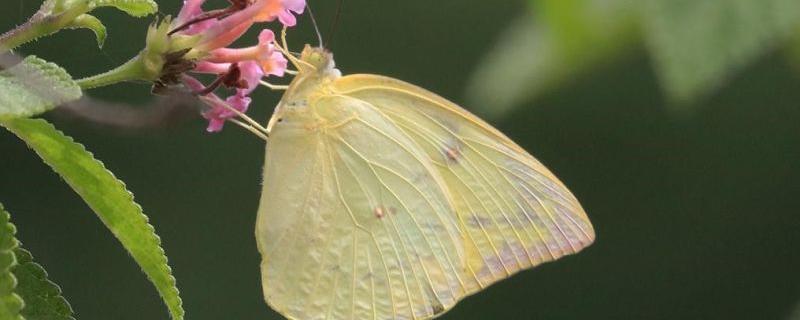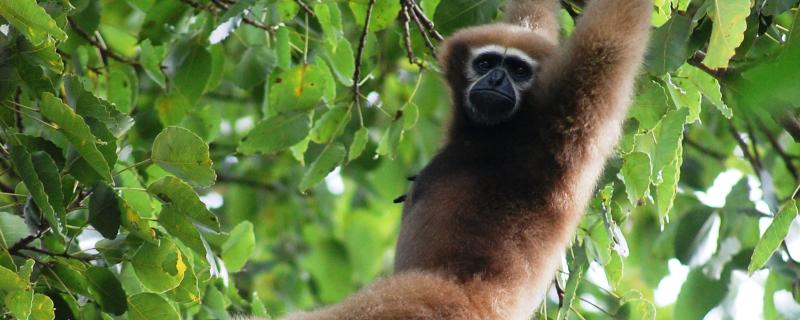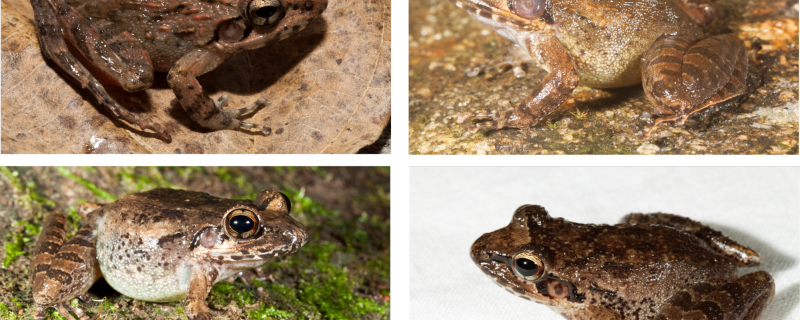Study finds plants, which were earlier found in lower elevations, are now replacing the native vegetation of the higher altitudes.
Image: Dolomedes indicus, Adult Female (left) and adult male (right). Credit: Authors https://doi.org/10.1038/s41598-025-26308-2
Wayanad/


![Tetrastemma freyae [Image credits: Mohandhas S Vignesh] Researchers discover a new species of ribbon worm from Chennai’s Kovalam beach](/sites/researchmatters/files/styles/large_front_800x320/public/kovalambeachworm9jul.jpg?itok=-UJ1CpW1)


![A group of enthusiastic birders take part in the survey for Kerala Bird Atlas. [Image credits: Kerala Bird Atlas] Kerala wraps up Asia’s biggest bird survey](/sites/researchmatters/files/styles/large_front_800x320/public/birdtoi_0.jpg?itok=ksis4Clv)
![A woman cooking food using improved cookstoves [Image credits: Udaipur Urja Initiatives] Promoting improved cookstoves can benefit rural households](/sites/researchmatters/files/styles/large_front_800x320/public/cookstove.jpg?itok=siTUriTM)

![A pair of Crested treeswift with its egg [Image credits: Aditya Pal CC BY-SA 4.0] Nature's parenting paradox. Males, not females, may gain more by caring for their young](/sites/researchmatters/files/styles/large_front_800x320/public/bird_n_egg.jpg?itok=gSlioltY)

